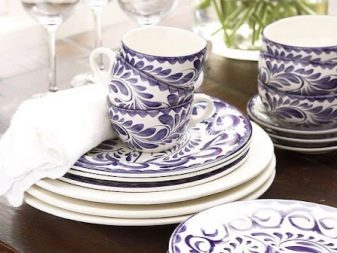All about porcelain figurines
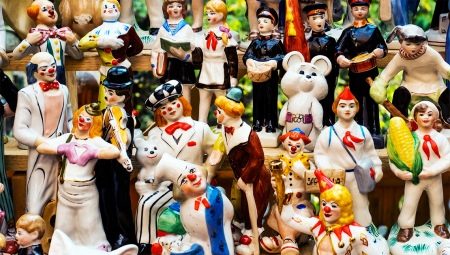
Porcelain figurines are a great decoration item, among which you can find real works of art. The material itself, porcelain, was invented a long time ago, during the heyday of Ancient China. The houses of the nobility and aristocrats have always been decorated with porcelain figurines, and giving such a figurine meant expressing full respect to the owner of the house.
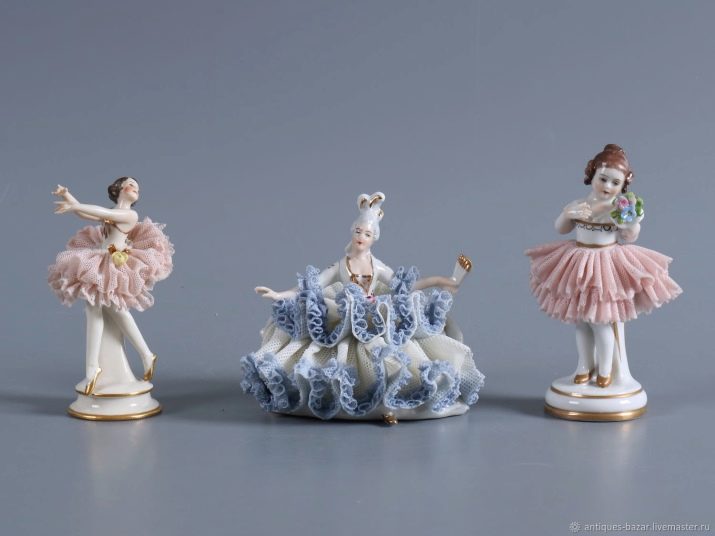

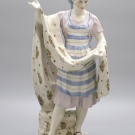


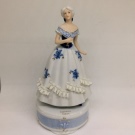
Peculiarities
The value of porcelain products is determined by the time and place of their origin, as well as by the design feature, condition (chips, cracks), authorship and demand among modern collectors.
The figurine requires materials such as plaster for the model, pumice, water for polishing, specially formulated paints, and porcelain clay itself.
Clay is a mixture of substances such as kaolin, quartz and feldspar.
First you need to create a sketch. You need raw clay to sketch the model. It is necessary to build a coarser model to create a "silhouette" of the figurine, which will reflect its outline as much as possible. Then the clay is cut in small pieces to give the template more detail.

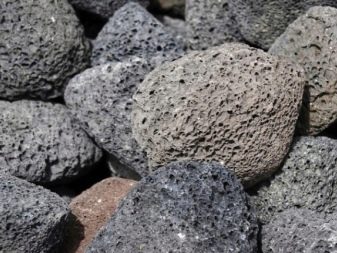
For the final casting, the porcelain must go through about fifty treatments. Slip (liquid porcelain mass) is poured into plaster molds. The plaster must be carefully prepared in order to more accurately convey the shape of the sculpture. Drying time for gypsum is about 30 minutes. Then the plaster mold is opened and the product itself is taken out. It is sent for drying, which will last about 50 hours, at a temperature of 35 degrees.
Then a professional takes over. All irregularities, roughness and seams must be manually removed from the workpiece. The template takes on a more artistic look.
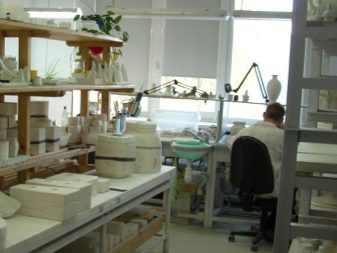
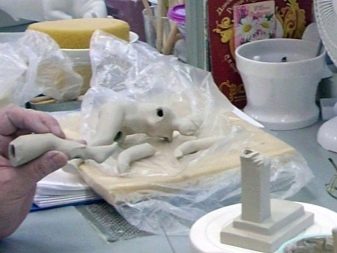
After that, the firing is performed, which is more similar to the author's idea of the model. The figurines are placed in an oven and fired at a temperature of 1260 degrees for 12 hours. Under the influence of temperature, the clay begins to change its basic color and structure. After firing, painstaking grinding and polishing follows. For further painting, the most smooth surface is required.
Next comes the work for real skilled artists. They should master a variety of painting techniques, conveying the essence of the author's idea. The detailed painting is followed by re-firing, which is carried out in an electric tunnel kiln. This firing is necessary to properly fix the paint on the porcelain. After firing, strict quality control of the figurine follows. An inspection is in progress for the correctness and the number of irregularities. The color change depends on impurities in the composition of the porcelain clay.
If the criteria are not met, this product can be considered defective.

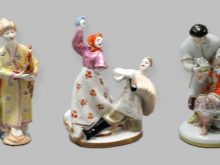
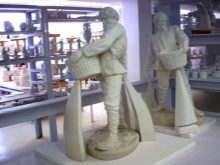
Varieties
Such figurines serve not only to decorate the room, but also have a symbolic meaning. Earlier, in ancient times, each figurine carried a special meaning. Porcelain souvenirs can be divided into groups: by genre and by style.
By genre
- Portrait. One of the most unpopular and rare types of porcelain. These are busts, torsos and models on which the exterior is clearly visible.
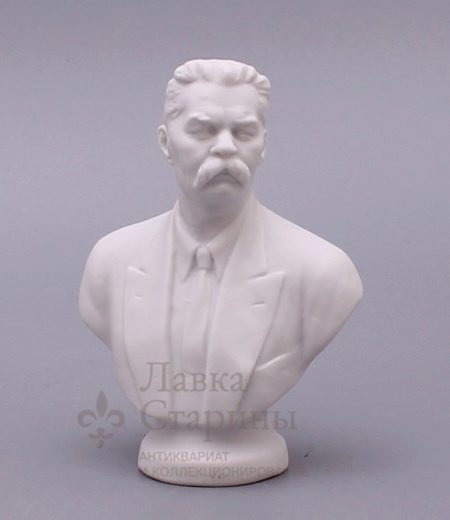
- Domestic. Basically, all the names speak for themselves: in this kind of work, various scenes from ordinary life are shown.
For example, a girl with a teddy bear or a boy with a dog. By such simple examples, one can understand that this is precisely a genre of genre.

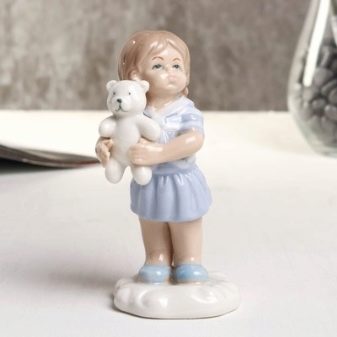
- Mythological. This is an illustration of heroes or events, legends, epics and ancient legends. An example is the Snow Maiden and Santa Claus.
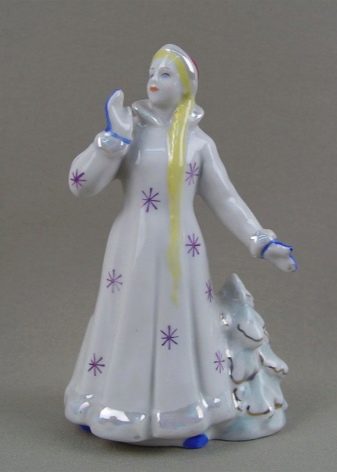
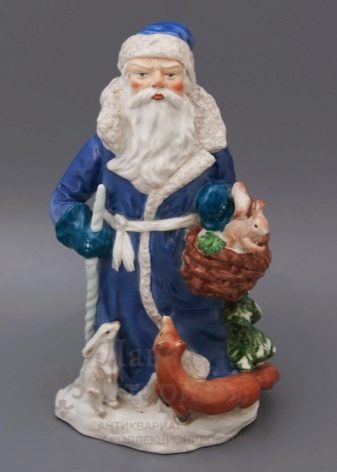
- Historical is dedicated to a specific event, period of history. Perhaps the image of celebrities or people of a certain era.
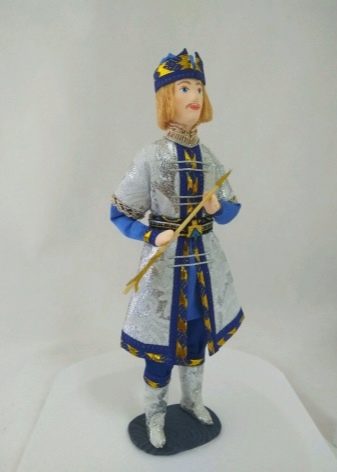
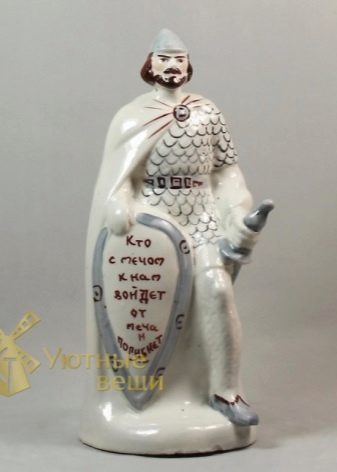
- Thematic. They are associated with holidays, events in our life.
Let's say clowns in a circus or a symbol of the year, as well as a skier and figure skater in honor of the opening of the Olympic Games.

- National character. The figurines reflect the peculiarities of the culture or even the appearance of the people. It can be a person, for example, a gypsy, an Uzbek woman, or an object of a certain culture.
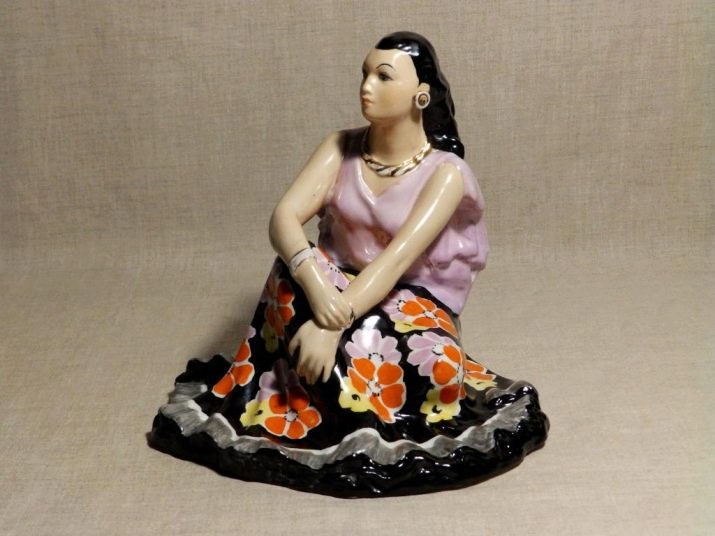
- Religious design. Usually, holidays, events are depicted, as well as persons who have contributed to the development of religion.
Typically, these figurines are lit up and sold in temples.
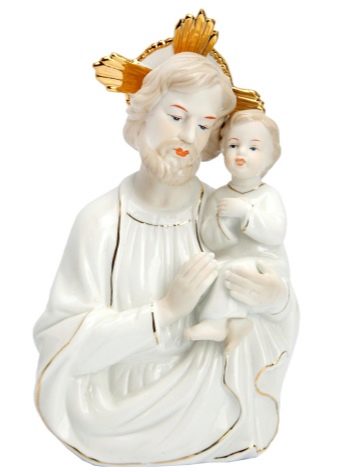
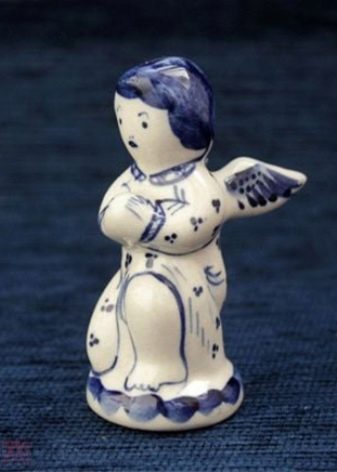
- Animalistic. One of the most common genres, popular with children. You can see different birds and animals, for example, hares, bears, foxes. It can also be dishes with a flower painting in the form of a violet. Each porcelain animal has its own symbolic meaning. The cow - a symbol of 2021, attracts wealth and prosperity to the house. The deer totem in ancient times was considered a symbol of purity and grace. Polar bear - strictness, order. Dove - carries good and positive energy. Rooster is an open approach to life. Fox is a productive mental activity. Goose - clarity of mind, help in choosing a life path.
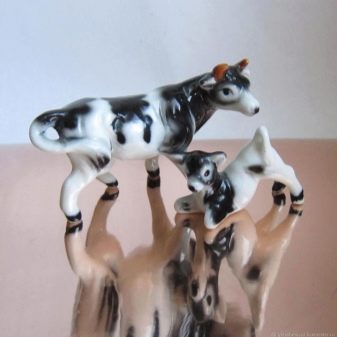
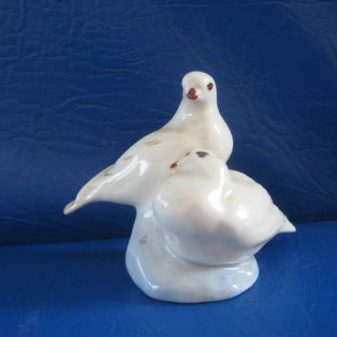
- Allegorical. In these works, vices, sins, traits of a person's character, both good and bad, are shown in all their glory.
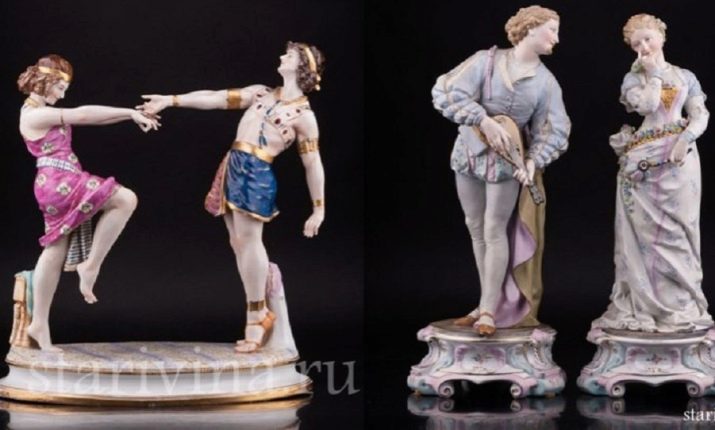
By style
- Minimalism. Few small details, crafts in neutral colors. They create a feeling of cleanliness.
- Scandinavian. It is similar to minimalism, but has more pastel colors, detailed painting. More gentle in performance.
- People's. The products are designed in the style of any people, country or culture.
- Country. Implies bright ornaments and easy-to-follow designs. Provides coziness and comfort.
- Rococo. One of the most common beautiful styles among porcelain sculptures, lace and ornate. Personalizes the atmosphere of the Middle Ages.
- Boho. A very emotional style, with a dip to the east. Vibrant colors and bold designs.
- Modern. The style is characterized by clear lines, uncommon design and deep colors.
- Classicism. It is very similar to Rococo, but stands out for its more rigorous work, while Rococo is something more airy and light.
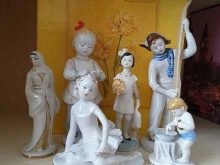

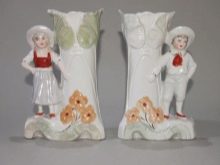
Famous manufacturers
China is the real homeland of porcelain. Porcelain itself was considered almost a precious metal and was called "white gold". Not only figurines are made of it, but also entire collections of tableware. Often in their works, the authors included images of deities, spirits and creatures of their religion. This is a whole Chinese culture, a special production technique is passed down from generation to generation. Japanese porcelain was also appreciated. Japan and China were the main suppliers of white gold to Europe.
In the production of porcelain, there is such a thing as a brand. It is placed on porcelain works as a testament to the authenticity, quality and traditional recipe for creating a product.
Each large porcelain company has its own so-called "label". Knowledgeable people can identify the manufacturers by the stigma.
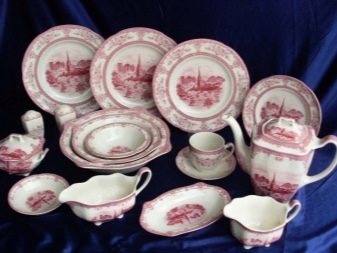
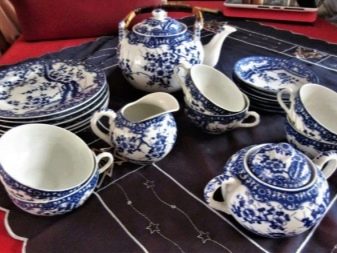
Even a simple plate can become a whole property, so it is important to see and maintain the manufacturer's brand.
- One of the most famous manufacturers is German company Meissen... It is named after the Saxon city of Mason.
German porcelain has been one of the most sought after for over 300 years. This company has a very interesting history.
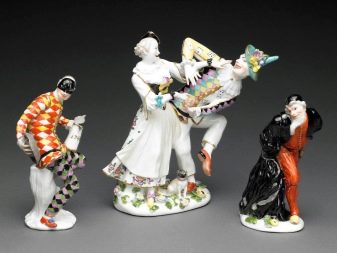
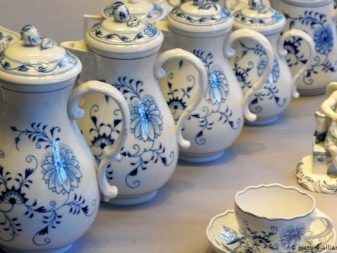
- Wallendorf Is also a well-known company in the figurine making industry. It is one of the oldest manufactories in Germany. Located in the Thuringian town of Lichte. The founder was the entrepreneur Johann Wolfgang. As before, modern paint application is done by hand. Antique products of this manufactory are exhibited in the most famous museums in the world.
In 2006, the production of bone china began.

- Pavone - a brand of the most famous Italian porcelain. The style of porcelain in Italy has a special look. The palette is saturated with bright colors, as if it has absorbed the uniqueness of the country. The difference from European materials lies in hardness and durability. The painted figures are covered with glaze to prevent the color fading.
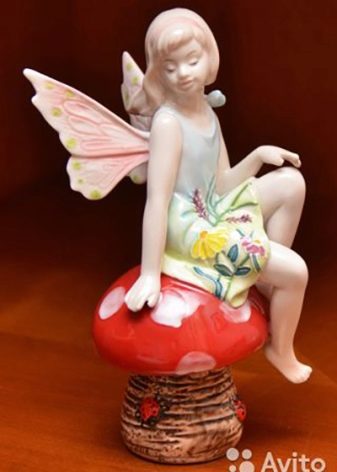
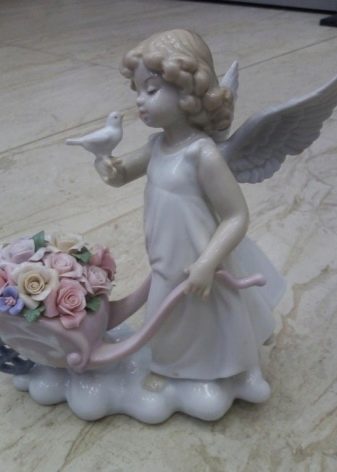
- Spain does not lag behind and also occupies the ranks of the leaders in the field of ceramics. In medieval Spain, porcelain products were created on the basis of Arabic recipes, which were classified for a long time. After the journey of Marco Polo, the recipe for Chinese porcelain became widespread and reached Spain. The oldest Spanish production plant is Sagradelos, founded in 1806 in the city of Santiago de Compostela.
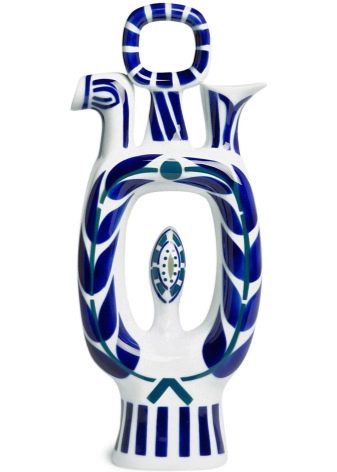
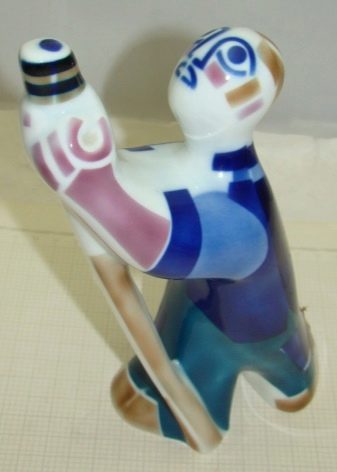
- The history of English porcelain is also interesting. Craftsman and entrepreneur Joseph Wedgwood organized his own pottery in the 18th century. But since he had survived leg amputation, further work was impossible. At that time, these were the most expensive collections that even the rulers of England themselves acquired. And then he decided to make porcelain. He opened his own manufactory. For the first time in the 18th century, porcelain began to be hardened with barite.
English design is characterized by lightness, fluidity and a predominance of floral patterns.

- Speaking about Russia, one cannot fail to mention the Imperial Porcelain Factory. It is located in St. Petersburg and was founded in tsarist times - in 1744 - by Empress Elizabeth Petrovna. Basically, all products were made from hard bone china.
Since 2002 it has been the property of the head of Uralsib.
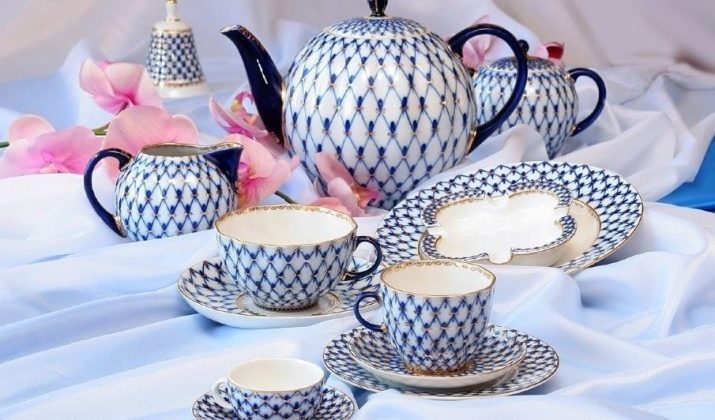
- One of the most famous porcelain factories is the Kiev Factory. It existed from 1924 to 2006 in the city of Vishnevo, near Kiev. During the Great Patriotic War, it was badly damaged and had to be reconstructed.
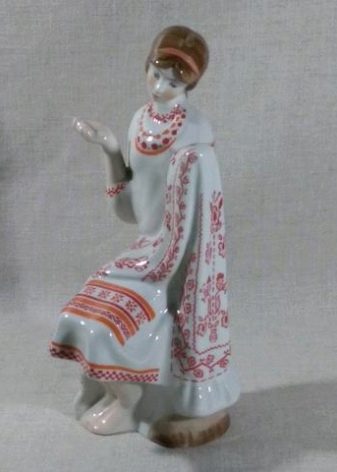

How to choose the right figurine?
First of all, decide for what and for what space you need this or that figurine. There are three types of porcelain: hard (clay based), bone (medium, average clay based) and soft (creamy clay).
- For example, to decorate a nursery, you can pick up animalistic figurines made of hard porcelain, which is less susceptible to physical stress. Previously, and even now, porcelain elephants were very common, which, according to Indian legends, brought prosperity, happiness, as well as peace of mind and positiveness to the house.
- If your living room or other room is decorated in a classic style, it is recommended to look at the figurines in the classicism or rococo style.
- If you want an elegant table decoration, miniature and minimalistic figurines, as well as additional porcelain setting, will suit you.
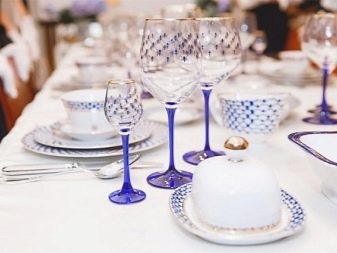
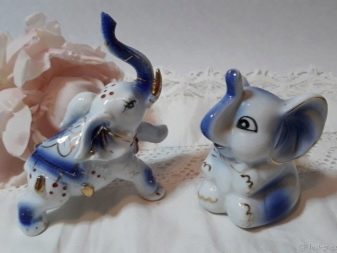
Care Tips
Porcelain itself is very fragile and requires careful maintenance, especially at home.
- If necessary, it must be washed by hand, it is important to avoid household chemicals and do not use a sponge. There is a risk that you will erase the painting.
- If dirty, it is better to use a gentle baby soap.
- You cannot leave the figurine in water for a long time and wash the figurines with hot water and aggressive means, you risk getting a crack on the top layer of the figurine's enamel.
- A dark stain on porcelain is removed with ammonia.
If possible, it is better to use special sprays and products intended for porcelain.

